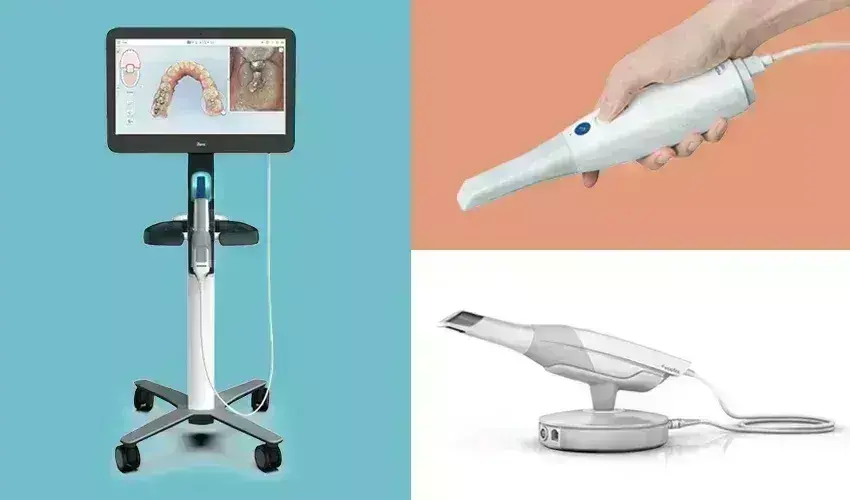- Home
- Medical news & Guidelines
- Anesthesiology
- Cardiology and CTVS
- Critical Care
- Dentistry
- Dermatology
- Diabetes and Endocrinology
- ENT
- Gastroenterology
- Medicine
- Nephrology
- Neurology
- Obstretics-Gynaecology
- Oncology
- Ophthalmology
- Orthopaedics
- Pediatrics-Neonatology
- Psychiatry
- Pulmonology
- Radiology
- Surgery
- Urology
- Laboratory Medicine
- Diet
- Nursing
- Paramedical
- Physiotherapy
- Health news
- Fact Check
- Bone Health Fact Check
- Brain Health Fact Check
- Cancer Related Fact Check
- Child Care Fact Check
- Dental and oral health fact check
- Diabetes and metabolic health fact check
- Diet and Nutrition Fact Check
- Eye and ENT Care Fact Check
- Fitness fact check
- Gut health fact check
- Heart health fact check
- Kidney health fact check
- Medical education fact check
- Men's health fact check
- Respiratory fact check
- Skin and hair care fact check
- Vaccine and Immunization fact check
- Women's health fact check
- AYUSH
- State News
- Andaman and Nicobar Islands
- Andhra Pradesh
- Arunachal Pradesh
- Assam
- Bihar
- Chandigarh
- Chattisgarh
- Dadra and Nagar Haveli
- Daman and Diu
- Delhi
- Goa
- Gujarat
- Haryana
- Himachal Pradesh
- Jammu & Kashmir
- Jharkhand
- Karnataka
- Kerala
- Ladakh
- Lakshadweep
- Madhya Pradesh
- Maharashtra
- Manipur
- Meghalaya
- Mizoram
- Nagaland
- Odisha
- Puducherry
- Punjab
- Rajasthan
- Sikkim
- Tamil Nadu
- Telangana
- Tripura
- Uttar Pradesh
- Uttrakhand
- West Bengal
- Medical Education
- Industry
Surface treatment of Definitive and interim restorative materials decreases intraoral scanning accuracy

Definitive and interim materials tested decrease intraoral scanning accuracy, according to a recent study published in the Journal of Dentistry.
A study was conducted to analyze the influence of the restorative material type (definitive and interim) and its surface treatment (polished or glazed) on the scanning accuracy of an intraoral scanner.
A mandibular dental typodont containing 3 typodont teeth (left second premolar and left first and second molars) was used for testing. Ten groups were created based on the crown material: typodont tooth (control group), gold (G group), zirconia (Z group), lithium disilicate (LD group), hybrid ceramic (HC group), composite resin (CR group), conventional PMMA (CNV-PMMA group), bis-acryl composite resin (CNV-BA group), milled PMMA (M-PMMA group), and additively manufactured bis-acryl-based polymer (AM-BA group). Except the G group, groups were subdivided into polished (P subgroups) or glazed (G subgroups). Each specimen was digitized by using an extraoral scanner (D1000; 3Shape A/G) and an intraoral scanner (TRIOS 4; 3Shape). Each reference scan was used to measure the discrepancy with the corresponding 15 intraoral scans by calculating the root mean square (RMS) error (Geomagic; 3D Systems). The Welch ANOVA and Games-Howell tests were selected to examine trueness (α=0.05). The F-test with Bonferroni correction was used to evaluate precision.
Results of the study are:
- Significant trueness and precision differences were found (P<.001).
- The G-P subgroup had the lowest trueness values, while the CNV-PMMA-P, M-PMMA-P, and AM-BA-P subgroups had the highest trueness values.
- Significant RMS mean discrepancies were computed when comparing polished and glazed specimens fabricated with the same material (P<.001).
- The CNV-PMMA-G subgroup had the lowest precision values, while the CNV-BA-P subgroup had the highest precision values (P<.001).
Thus, the type and surface finishing of the restorative materials tested influenced the scanning accuracy of the IOS tested. The lowest trueness values were found in the high noble alloy specimens, while the highest trueness values were measured in conventional and milled PMMA and additively manufactured bis-acryl-based polymer polished specimens. Except for zirconia crowns, higher trueness values were found in polished specimens when compared with glazed crowns. The CNV-PMMA-G subgroup had the lowest precision values, while the highest precision values were measured in the CNV-BA-P subgroup.
Reference:
Influence of definitive and interim restorative materials and surface finishing on the scanning accuracy of an intraoral scanner by MartaRevilla-León et al. published in the Journal of Dentistry.
https://doi.org/10.1016/j.jdent.2022.104114
Dr. Shravani Dali has completed her BDS from Pravara institute of medical sciences, loni. Following which she extensively worked in the healthcare sector for 2+ years. She has been actively involved in writing blogs in field of health and wellness. Currently she is pursuing her Masters of public health-health administration from Tata institute of social sciences. She can be contacted at editorial@medicaldialogues.in.
Dr Kamal Kant Kohli-MBBS, DTCD- a chest specialist with more than 30 years of practice and a flair for writing clinical articles, Dr Kamal Kant Kohli joined Medical Dialogues as a Chief Editor of Medical News. Besides writing articles, as an editor, he proofreads and verifies all the medical content published on Medical Dialogues including those coming from journals, studies,medical conferences,guidelines etc. Email: drkohli@medicaldialogues.in. Contact no. 011-43720751


